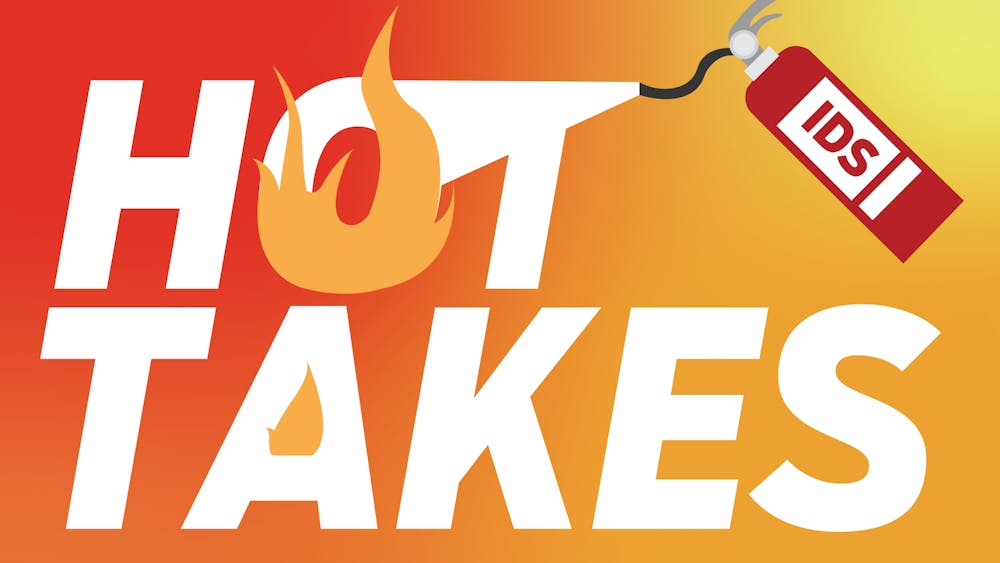The cricket scandal that swarmed the New York subway system several weeks ago got unceremoniously squashed when it turned out to be a planned prank.
In case you missed the viral video, a homeless lady, now revealed to be an actress, appeared to be selling a bucket of crickets and worms on the train. The bucket got knocked from her hands, unleashing an infestation in the subway car.
It was an intentional spectacle designed to make a social statement about homelessness — a bizarre, bug-inspired art form with a questionable aesthetic.
Though it’s a bit creepy to be trapped in a cricket-filled subway car, the serendipitous experience is one of a kind. Public transit forces us out of our small, sheltered spheres and prompts spontaneous humanistic connections on our otherwise routine commutes.
Tinted windows of cars shield us not only from the sun, but also from the glaring gazes of society, protecting us from social interactions – and crickets – on the way to our destinations.
By eliminating these semi-transparent shields, mass transit lets us get to know a city and its people face to face, encouraging a more authentic and connected community. While riding the light rail in Salt Lake City this summer, a stranger asked me for directions even though I myself was a visitor. Seeing my own confusion and uncertainty, a local on the train interceded and taught both of us out-of-towners a bit about the city she calls home.
One time I met a kind lady on a plane, whose grandchildren’s names I now know. She gave me gardening tips and offered me part of her larger-than-king-size chocolate bar.
Public transit encourages a model of accessibility, allowing those without cars or driver’s licenses to navigate their own community.
Buses were a primary form of transportation for my coworkers at my restaurant job this summer. For those who didn’t live close enough to a bus route, arriving at work on time could involve a complicated series of last-minute phone calls.
Likewise, some people with disabilities might not be able to operate a vehicle themselves and need transportation to arrive at work independently. For them, public transportation helps to establish an open and enabling community network.
Buses themselves admittedly aren’t the most environmentally friendly form of public transportation. Alternatives, like rail and subway systems, more effectively reduce energy use and produce lower emissions.
Even so, buses signify a move toward reducing the effects of individual vehicles zooming around and creating traffic jams. For both environmental and cultural considerations, the U.S. as a whole needs to shift towards improving its public transportation infrastructure.
Sprawling public transportation systems are not always practical for small, dispersed cities, but even some larger metropolises have minimal infrastructure.
Indianapolis is one of a few major cities that lack a central system of public transport.
It might not hurt to put a bug in your representative’s ear, so to speak, about investing in public transit.
After all, half the fun of public transportation is wondering exactly what you might haplessly encounter (or step on) on your next ride across town.
kmilvert@indiana.edu





